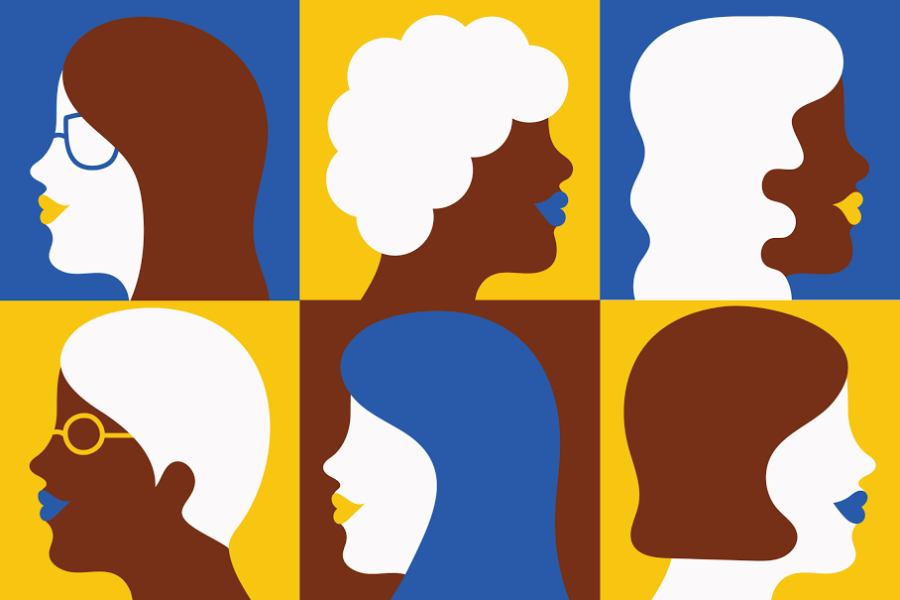“Tenuous” is the only word to describe the relationship feminism has had with its transgender followers. In the ‘70s, feminists first found themselves debating how trans people, trans women especially, fit into the movement — if they do at all. On one side, trans-exclusionary radical feminists maintained that trans women misappropriate the female form and feminism itself, mutilate their bodies to conform to a gender binary, or any number of equally convoluted rationalizations meant to invalidate the transgender experience. The other side simply argued that as women who suffer marginalization, despite the differences in their experience of womanhood, transgender women inherently had a place in feminism. The subsequent decades saw transgender people left in the dust of the progression of women’s status.
Cloaked in wordy intellectualism, a drive for political expediency underlies these transphobic arguments. America in the ‘70s acted as the setting for the second wave of feminism — a movement characterized by a focus on white, middle and upper class women’s issues. Pursuing a reformation of gender norms and roles, this group discarded issues of race, class, and identity. So, trans women were not the only victims of feminists’ self-motivated exclusion. Second-wave feminism dealt little with the sexual violence against lower class women, harsh gender roles imposed on women in other countries, or the host of other oppressive factors that make black women one of the most subjugated demographics in America. It turns out that transgender people are just the latest group caught in the crosshairs of political expediency.
The exclusion of trans people from early feminism is just a single example of a history rife with instances of one marginalized group appropriating its social influence against another. White women demand respect of their reproductive rights without also fighting against the unequal access to healthcare for women of color. Gay and lesbian activists propagated a sanitized image of queerness to appeal to mainstream American values. Even the first wave of feminism in the late 1800s made sure to inform black women that the call for women’s suffrage actually signified a call for white women’s voting rights.
In all of these instances, the excluding groups rely on some idealistic model around which their arguments center. But no movement can sustain itself when it only seeks to advance a particular niche of its members. At the very least, the movement is doomed to drag on forever as there will always be those who fall outside the idealistic image of a victim. In the case of feminism, that model has historically been the white, middle class woman who defines womanhood by the lowest common denominator — being assigned female at birth. The need for a third wave of feminism — the one we fight for now — proves that a movement which excludes some of its members from progress will never see its goal reach fruition. Centralizing an ideology around a model victim of marginalization only serves to leave the rest to wonder when their wave will come.









Laurie • Jan 9, 2018 at 5:39 pm
Yet again, another man trying to tell women what they should think and who we need to include in our movement which is MEN who feel like women. And you are wrong about Radical Feminists analysis about race, class and excluding everyone except white women and white women issues. That would be Liberal feminism not Radical Feminism. The fact that this POS doesn’t understand the differences is telling of how some man with minimal understandings can think he’s an expert enough to write an article about it. Another really good reason why Rad Fem.s exclude TIM’s in our movement because they are men and they do the same things as men do to women because their men and this is how men treat women. Dismissive.
Butch • Jan 9, 2018 at 5:08 pm
This is the worst piece of narcissistic driven gaslighting and misogyny I have ever read!
Dana • Jan 9, 2018 at 5:01 pm
You think being female is ‘the lowest common demonator on earth.’?? Is that how much you hate women? You hate us so much you think women are the lowest common denominator. Feminism does not need to *transition*. Women need to wake up and see how much woman hating is evident in trans ideology.
MAX POWERS • Jan 9, 2018 at 9:08 am
It’s all Greek (gay) to me!